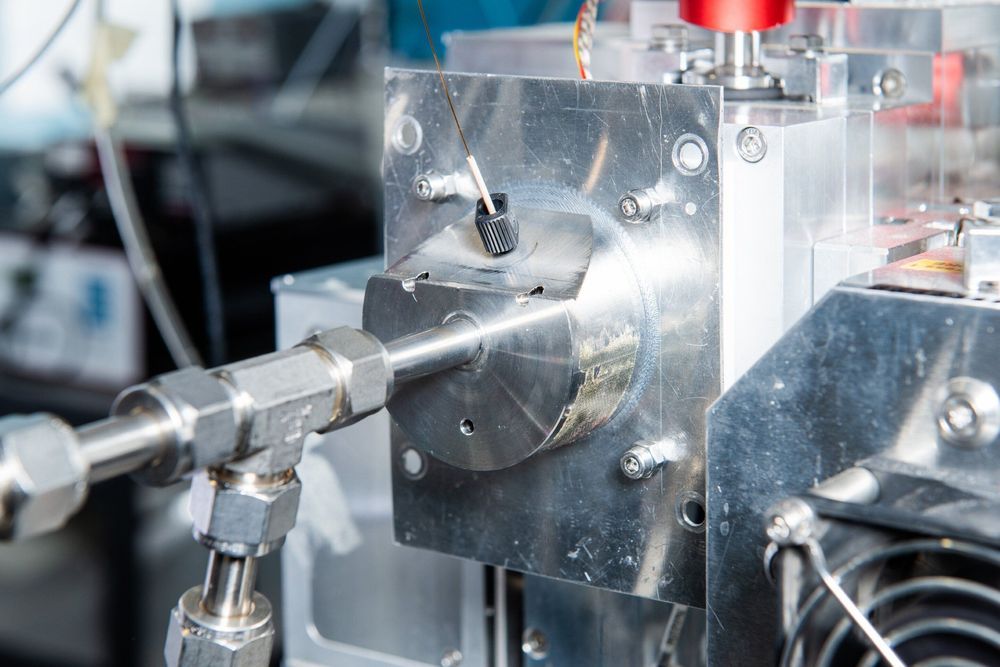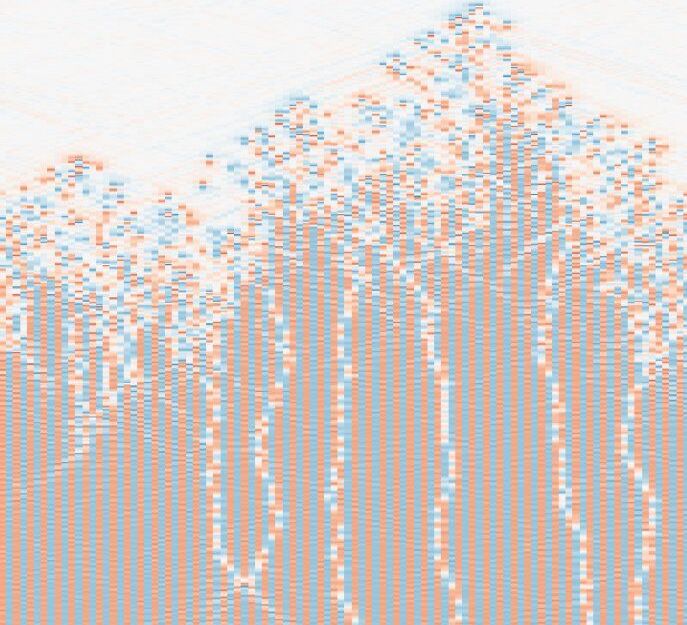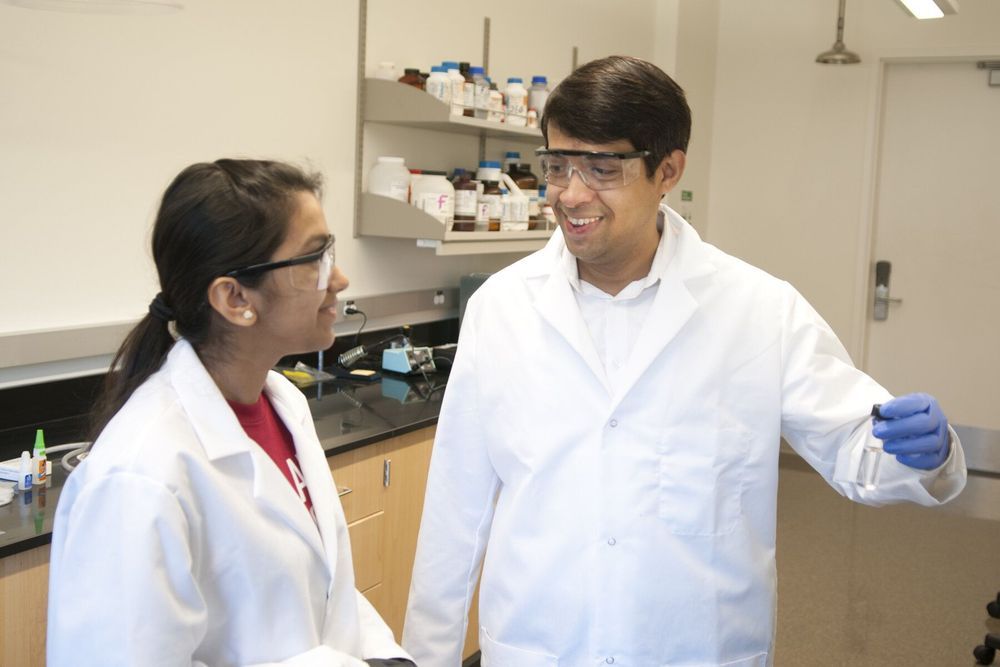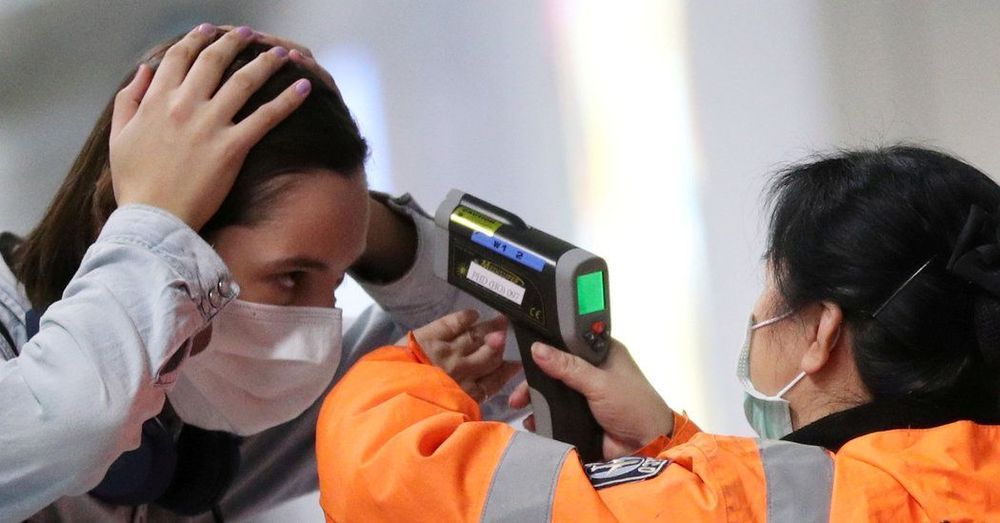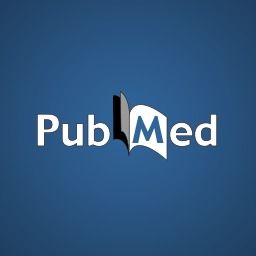Researchers at the Paul Scherrer Institute PSI have developed a new method to analyse particulate matter more precisely than ever before. Using it, they disproved an established doctrine: that molecules in aerosols undergo no further chemical transformations because they are enclosed in other suspended particulate matter. In the smog chamber at PSI, they analysed chemical compounds directly in aerosols and observed how molecules dissociated and thus released gaseous formic acid into the atmosphere. These findings will help to improve the understanding of global processes involved in cloud formation and air pollution, and to refine the corresponding models. The results of this investigation are published today in the journal Science Advances.
The familiar scent of a pine forest is caused by α-pinene. This is one of the volatile organic compounds in the oils of conifer trees, and it also occurs in eucalyptus and rosemary. The smell triggers pleasant feelings in most people. Less pleasant is that under the influence of radicals, the compound changes into other compounds in the atmosphere, so-called highly oxidised organic molecules. Some of these are reactive and to some extent harmful substances. They have only recently come under scrutiny by atmospheric researchers, and their role in cloud formation is not yet understood.
These highly oxidized organic molecules are less volatile than the starting substance α-pinene and therefore condense easily. Together with dust particles and other solid and liquid substances in the air, they form what we call particulate matter or aerosols.
